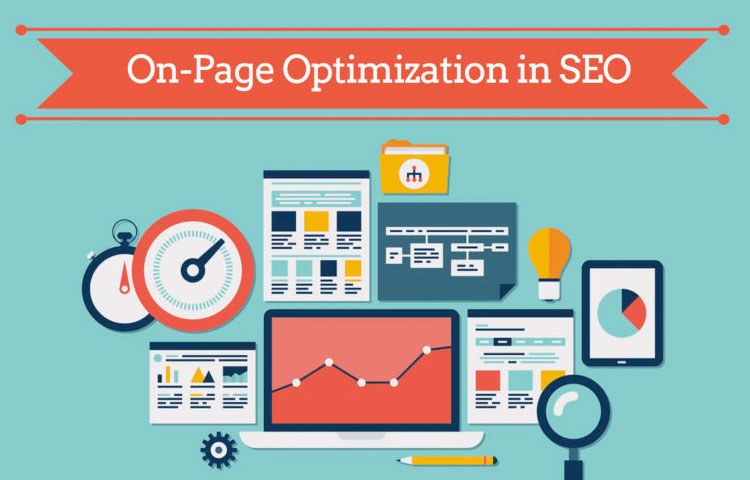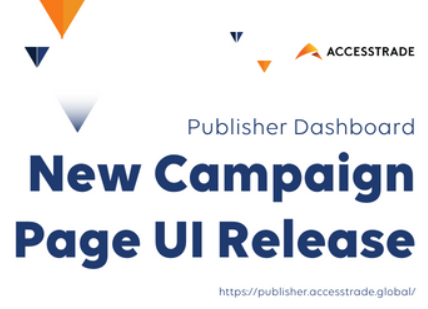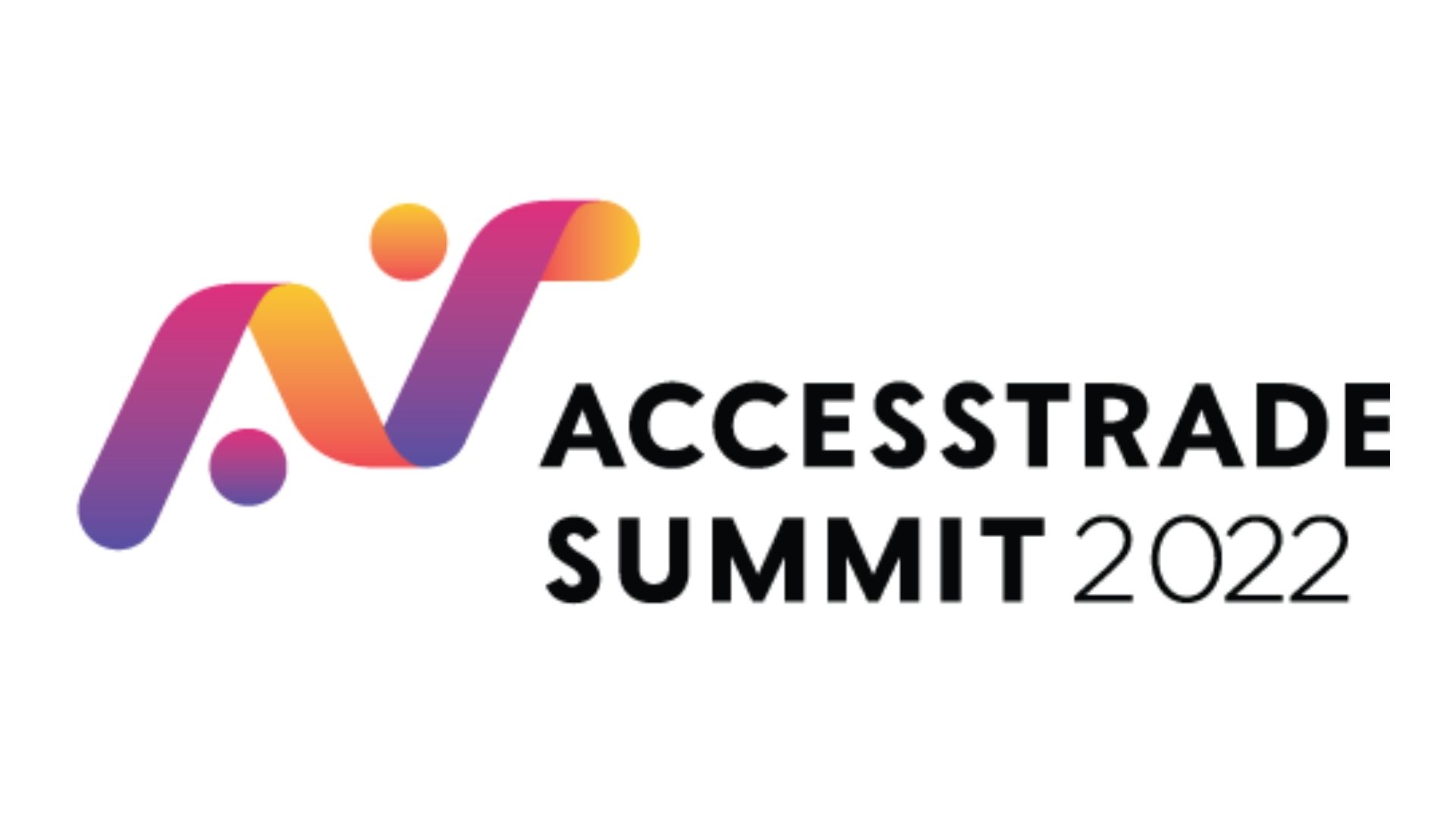On-Page SEO Techniques To Rank On The First Page (2019 Update)

Onâ€page SEO refers to the practice of ‘optimizing’ web pages to help them rank higher in the search engines. The end goal of which is to increase organic traffic to your site.
But what exactly does this ‘optimization’ process involve?
The majority of onâ€page SEO advice seems to focus almost exclusively on the strategic placement of exactâ€match keywords on your page—keyword in title, keyword in the meta description, keyword in H1, etc.
Unfortunately this kind of advice is MASSIVELY outdated.
In 2019, Google is smart enough to understand synonyms and semanticallyâ€related keywords (more on those later!), meaning that you no longer have to obsess about the strategic placement of exactâ€match keywords on your web pages.
Why Do You Need On-Page SEO Optimization?
Now, when some bloggers hear the term “SEO-optimized articles”, they think this is some kind of bad practice.
But it’s not only bad, it’s necessary.
Here’s what a guru had to say about his effort to recover from Google Panda:
Search engines are nothing but a set of algorithms. They look into various factors to rank your page for certain keywords. Now, we need to help search engines identify that target keyword from the post in order to make that post more relatable to readers.
Here is some food for thought:
- Why are you not ranking on the first page of search results?
Well, there are likely a lot of reasons, but if you aren’t paying attention to SEO, then that’s probably the biggest reason.
So when we do SEO-optimization of a post, we follow a certain set of proven methods to rank it higher on a search engine.
Now, Google doesn’t only consider on-page SEO score when ranking an article. It also takes into account many other factors like social media signals (shares, likes, tweets, follows, etc.), backlinks, domain authority, and many other off-page metrics.
Our goal with on-page SEO is to optimize an article in a natural, but smart way, so that search engines can easily pick out the target keyword and bring our website targeted visitors.
Title Tag Optimization
The title tag is the one of the simplest, yet quite possibly most important aspect of on-page SEO. The format for writing a title tag in HTML is as follows:
Your Keyword | Name of Your Company orKey Phrase Example | Category | Name of Company
The title of the website is not only an important factor because it is the title of that page, but it is usually what is displayed in the search results as well.
We recommend that title tags be 50-70 characters or about 512pixels in length, which is the exact width of the Google search results.

Meta Description Optimization
The purpose of a meta description for your page is simple: to get someone searching on Google to click your link. In other words, meta descriptions are there to generate click-throughs from search engines.
Search engines say there is no direct ranking benefit from the meta description – they don’t use it in their ranking algorithm. But there is an indirect benefit: Google uses click-through-rate (CTR) as a way of working out whether you’re a good result. If more people click on your result, Google considers you to be a good result and will – based on your position – move you up the ranks. This is why optimizing the meta description is so important, as is optimizing your titles
Characteristics of a good meta description
1. Up to 155 characters – and sometimes more
2. Actionable and written in an active voice
3. Including a call-to-action
4. Containing the focus keyword
5. Possibly showing specifications
6. Matching the content
7. Unique

Increasing Time On Site
When improving on page SEO, one of the key questions is how do you increase the period someone spends on a page? And, as often when it comes to SEO, the answer is: that depends.
How so? Well, because it is tricky to figure out exactly how much time Google thinks a visitor should spend on a website for any given search query.

Consider This Example
A website that can answer a simple query such as "How many ounces to a pound?" might satisfy users within seconds and with a single page, while a search such as "What is an economic recession?" may call for visitors to spend some time exploring the topic.
The goal here, then, is for that exploration to happen on your website rather than a competitor's, and we can do that by providing supplementary content.
What should we do?
1. Create Supplementary Content and Link To It
2. Answer Multiple Queries and Kill Two (or More) Birds with One Stone
3. Showcase Related Content
Improving Page Speed

A note on bounce rate. Bounce rate is a somewhat controversial topic. As a standalone metric in Google Analytics, it shows the percentage of visitors who leave the website after visiting a single page. However, leaving a website after a single page visit is not always a bad thing: some pages give instant answers to queries, and a high bounce rate is therefore expected. Thus, one shouldn’t make strategic SEO decisions based on bounce rate without a fair amount of contextual information such as user intent, content type, CTAs, and so on.
As far back as 2010 Google announced that page speed is a ranking factor, and there have been several ranking correlation studies from Moz and others that indicate this to be the case. Additionally, in March this of this year Google’s Gary Illyes stated that page loading speed will be a ranking factor in a mobile-first world.
While we are still waiting for a mobile-first index to happen, it is fair to say that a website that loads quickly is good for both SEO and UX.
Some aspects that can help your website perform faster include:
1. Using a Content Delivery Network
2. Using a Good Hosting Provider
3. Compressing Images
4. Leverage Browser Caching
5. Minify Resources
Image SEO Alt and Title Optimization

Adding images to your articles encourages people to read them, and well-chosen images can also back up your message and get you a good ranking in image search results.
But you should always remember to give your images good alt attributes: alt text strengthens the message of your articles with search engine spiders and improves the accessibility of your website.
What purpose do alt tags serve?
Search engines and other robots cannot interpret images, but images can play a crucial part in how people interpret a particular web page. Alt tags solve for this by providing text which is read by the search engines. When Googlebot or other search engine crawlers inspect a page, images with properly formatted alt text contribute to how the page is indexed and where it ranks.
Alt tags are also useful for users viewing a webpage on screen readers or browsers that can't process images.
Where is an alt tag located?
Alt text is contained within the image tag: 
 alt="nike_air_zoom" />.
alt="nike_air_zoom" />.
Best practices
- 1 Product images should be optimized for site speed and use the same keyword as the product page itself.
- 2. The text should be kept short to maximize its impact. Shorter alt texts are also more likely to be indexed by Google and the other major online search engines in a more efficient manner. Also, do not forget to mention the topic within the alt text.
- 3. Refrain from keyword stuffing, as Google and other popular search engines disfavor such antics.
- 4. Don't prioritize alt tags over SEO deliverables such as titles, inter-linking, and meta descriptions. Alt tags should only be prioritized for image-heavy pages that are very light on text
In Conclusion
Onâ€page SEO is about more than shoehorning a few keywords into meta tags.
It’s about fulfilling search intent and giving searchers what they want. That’s the most important step. If you don’t pull that off, no amount of “optimization” will help you rank.
But, of course, it’s still important that you keep Google happy.
Does that involve including keywords in your meta tags? Yes, partially. However, it’s not always totally necessary, and its only part of the puzzle-a small one, at that.
![How To Reach Your Local Markets in Indonesia with Aarki [Sponsored Article]](https://accesstrade.global/image/323-Assets/img/1645614341_3.png)



![How To Reach Your Local Markets in Indonesia with Aarki [Sponsored Article]](https://accesstrade.global/Assets/img/1645614341_3.png)
